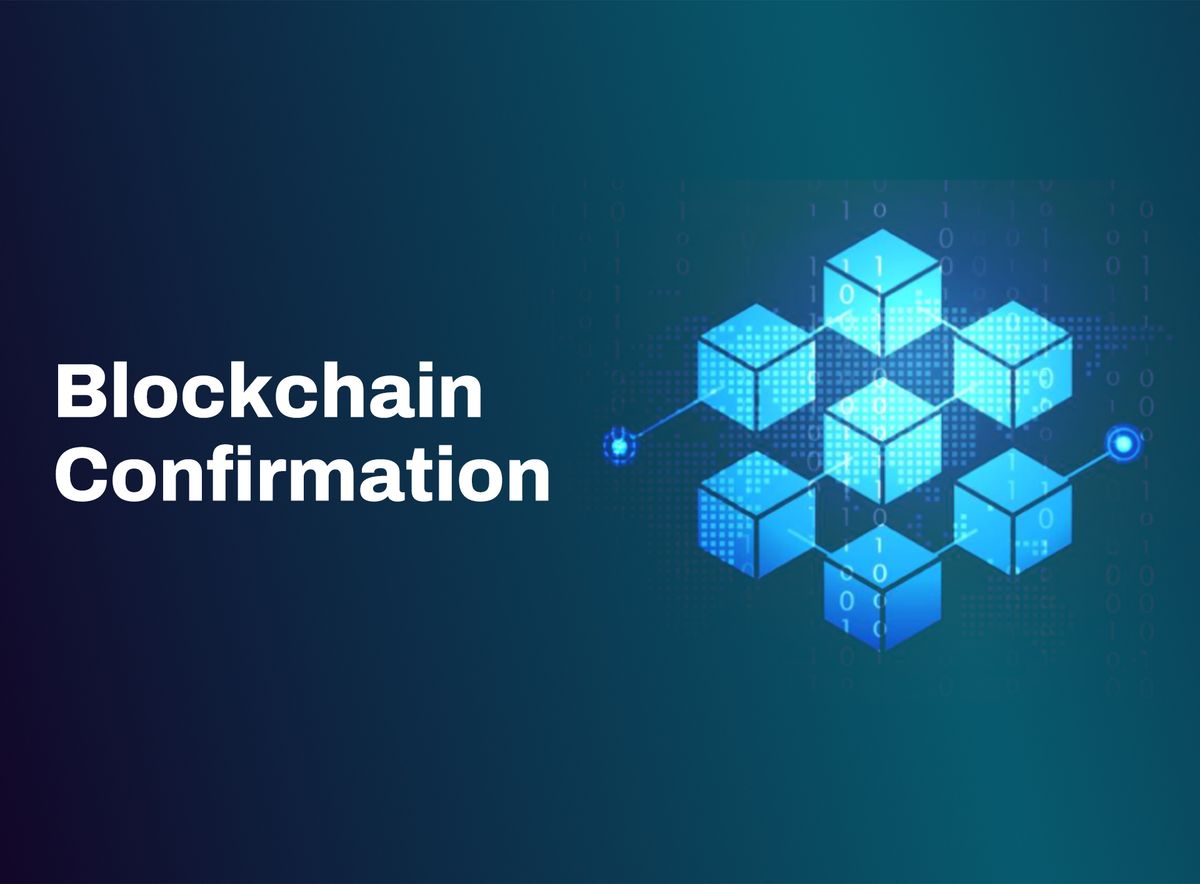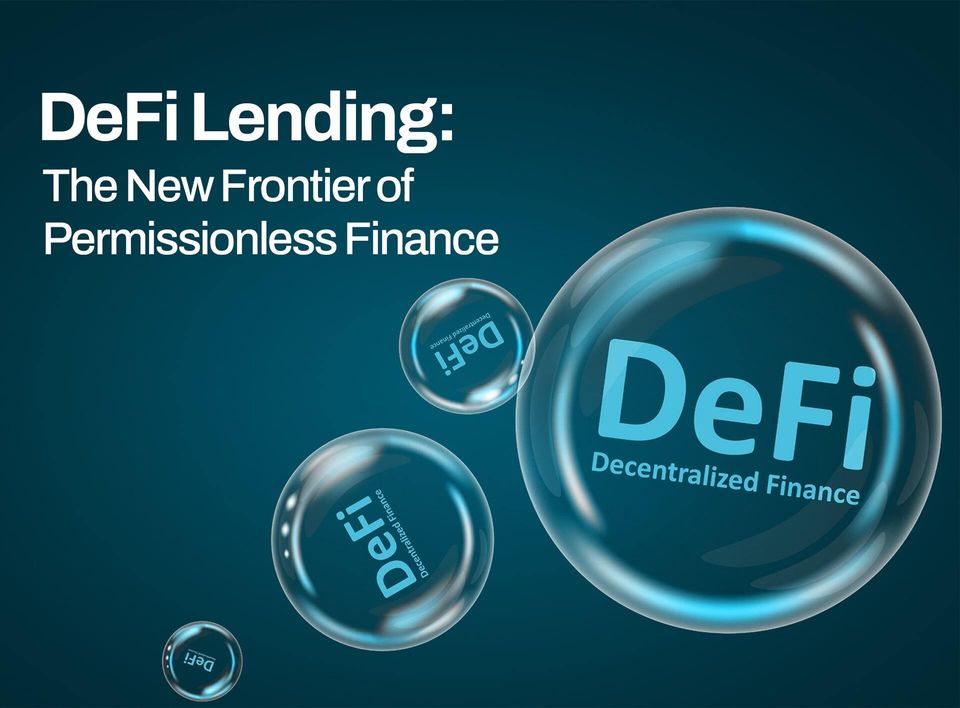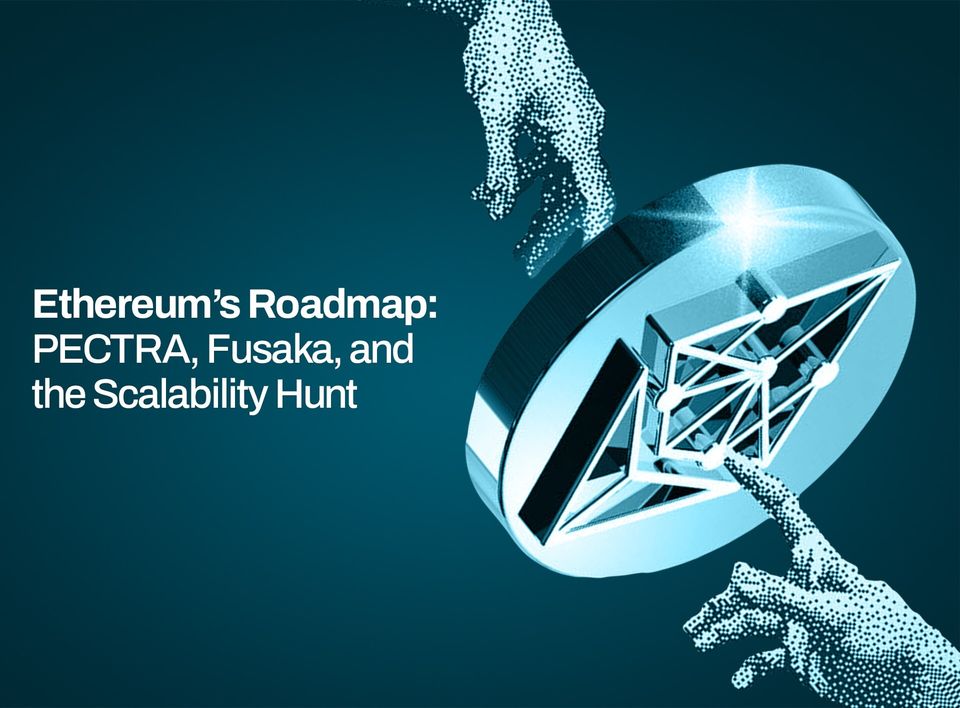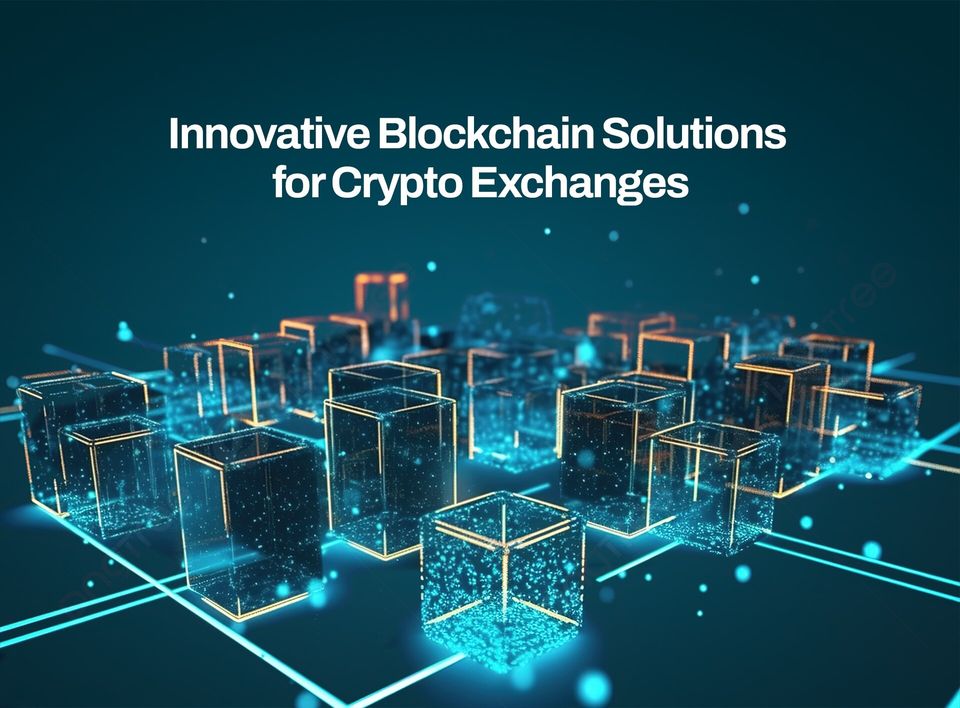What is Blockchain Confirmation?
A confirmation in blockchain refers to the process by which a transaction is verified and added to a block.

Table of Contents
- What is Blockchain Confirmation?
- Why Block Confirmation Is Important
- How Does Blockchain Transaction Confirmation Work?
- How Long Does Bitcoin Block Confirmation Take?
- Factors That Affect Blockchain Confirmation
- FAQs
What is Blockchain Confirmation?
When someone makes a transaction using the blockchain, like sending cryptocurrency from one wallet to another, it needs to be checked and approved by the network before it becomes official. This process is called block or blockchain confirmation.
A blockchain is a database or, as it's uncommonly called, distributed ledger technology. Think of a blockchain as a special kind of digital record-keeping system. It works by having many computers in a network manage and maintain an identical copy of the database.
The data in a blockchain is organised into blocks, which are connected to each other using secret codes. While it can be used to store various types of information, the most common use of a blockchain is to keep track of transactions, like a detailed ledger.
To confirm a transaction, multiple nodes (computers) on the blockchain network work together to validate it. They do this by solving complex mathematical problems, which helps ensure the transaction is genuine and valid. The more nodes that agree and confirm the transaction, the higher the level of confidence that it is legitimate.
Each blockchain has its own specific time for confirmation, which can range from a few seconds to several minutes or more, depending on the blockchain technology being used.
Once a transaction receives enough confirmations from the network, meaning that multiple nodes have verified its validity, it is considered fully confirmed and officially added to the blockchain.
Why Block Confirmation Is Important
Block confirmation is important for three core reasons, and these are:
1. Ensuring Integrity and Security: Blockchain confirmation plays a central role in maintaining the integrity and security of the blockchain network.
When a transaction receives confirmations from nodes and is added to the blockchain, it becomes part of a secure and transparent ledger. This means that once a transaction is confirmed, it cannot be tampered with or altered, providing a high level of trust and reliability.
2. Immutability of Transactions: Once a transaction is confirmed and added to the blockchain, it becomes immutable. This means that it cannot be changed or reversed.
The transaction record is securely stored across multiple nodes in the network, making it extremely difficult for any malicious actor to manipulate the data. Immutability helps establish a trustworthy and transparent system where transactions can be traced and verified, enhancing the credibility of the blockchain.
3. Prevention of Double-Spending: Double-spending refers to the attempt of spending the same cryptocurrency tokens more than once.
Through the process of confirmation, the network ensures that a specific transaction can only be added to the blockchain once, eliminating the possibility of someone deceitfully using the same tokens in multiple transactions.
How Does Blockchain Transaction Confirmation Work?
Let's break down the steps involved in blockchain transaction confirmation:
1. You submit a transaction to the blockchain network.
2. The transaction gets broadcasted to a network of nodes, which are computers participating in the blockchain network.
3. The nodes compete to solve complex mathematical equations called cryptographic puzzles. These puzzles serve as a means of validating the transaction.
4. The first node to solve the puzzle successfully validates the transaction. This means that the transaction is confirmed as legitimate and can proceed.
5. The node that validates the transaction is rewarded with a small amount of cryptocurrency as an incentive for their efforts. This process is known as mining.
6. Once the transaction is validated, it is added to a block. A block is a collection of verified transactions. The block containing the validated transaction is added to the blockchain.
How Long Does Bitcoin Block Confirmation Take?
When it comes to Bitcoin block confirmation, the usual timeframe is around 10 minutes. This means that within 10 minutes of submitting a Bitcoin transaction, you can expect to receive a confirmation.
However, there are a few factors that can impact the confirmation time. If you included a low transaction fee, it might take longer than the usual 10 minutes. Transaction fees incentivise miners to include your transaction in a block, so a higher fee can speed up the confirmation process.
If several hours have passed without your Bitcoin transaction being confirmed, the best approach is to be patient and wait a little longer. The network can sometimes experience congestion, leading to slower confirmation times.
If more than 72 hours (3 days) have gone by without any confirmation, you might consider resending your transaction. Before doing that, make sure you're using an appropriate transaction fee to increase the chances of it being confirmed fast.
Factors that Affect Blockchain Confirmation
Three main factors can affect the speed of block confirmation on a blockchain network. These are:
1. Network Congestion: When a blockchain network becomes crowded with a high volume of transactions, it can take longer to confirm a transaction. More transactions mean there is increased competition for limited space in each block. In times of network congestion, transactions may experience delays or even be rejected temporarily.
2. Transaction Fees: Miners on a blockchain network prioritize transactions with higher fees. Including a higher transaction fee when submitting your transaction can increase its chances of being included in the next block. Miners are incentivized to prioritize transactions with higher fees since they earn more rewards for including them.
3. Mining Difficulty: The difficulty of the cryptographic puzzles that miners must solve to validate transactions and add them to the blockchain can impact confirmation speed. If the puzzles become more challenging, it takes longer for a miner to find the solution and complete the block. This can result in slower confirmation times.
To Wrap Up
Blockchain confirmation is the process of verifying and approving transactions by a network of nodes, making them official and adding them to the blockchain.
It provides reliability, trustworthiness, and protects against fraudulent activities such as double-spending.
FAQS
Q: What is a confirmation in blockchain?
A: A confirmation in blockchain refers to the process by which a transaction is verified and added to a block. Each confirmation represents a new block added to the blockchain, making the transaction increasingly secure and irreversible.
Q: How long does blockchain take to confirm?
A: The time it takes for a blockchain transaction to confirm depends on various factors, including the blockchain's protocol and network congestion. Generally, Bitcoin transactions, for example, may take approximately 10 minutes for the first confirmation, and more confirmations increase the level of security.
Q: How do I check my blockchain confirmations?
A: You can check the confirmations of your blockchain transaction by using a blockchain explorer. Enter your transaction hash or wallet address into the explorer to view the details, including the number of confirmations.
Q: What is 1 of 6 confirmations in blockchain?
A: "1 of 6 confirmations" means that your transaction has been included in one block out of the six blocks needed to be considered fully confirmed. As more blocks are added to the blockchain, the number of confirmations increases, enhancing the security of the transaction.
Q: Why is my blockchain transaction taking long to confirm?
A: Blockchain transactions may take longer to confirm during periods of high network activity or congestion. Additionally, transactions with low fees may experience delays as miners prioritize transactions with higher fees.
Q: Why is my blockchain not confirming?
A: If your blockchain transaction is not confirming, it could be due to network congestion, low transaction fees, or other issues. You may want to check the transaction details and consider adjusting the fees if possible.
Q: How long does blockchain pending take?
A: The duration of a blockchain transaction in a pending state varies based on network conditions and the blockchain's design. It's advisable to monitor the transaction using a blockchain explorer for updates on its status.
Q: How do I speed up blockchain confirmations?
A: To speed up blockchain confirmations, consider increasing the transaction fee associated with your transaction. Higher fees incentivize miners to include your transaction in the next block.
Disclaimer: This article was written by the writer to provide guidance and understanding of cryptocurrency trading. It is not an exhaustive article and should not be taken as financial advice. Obiex will not be held liable for your investment decisions.




